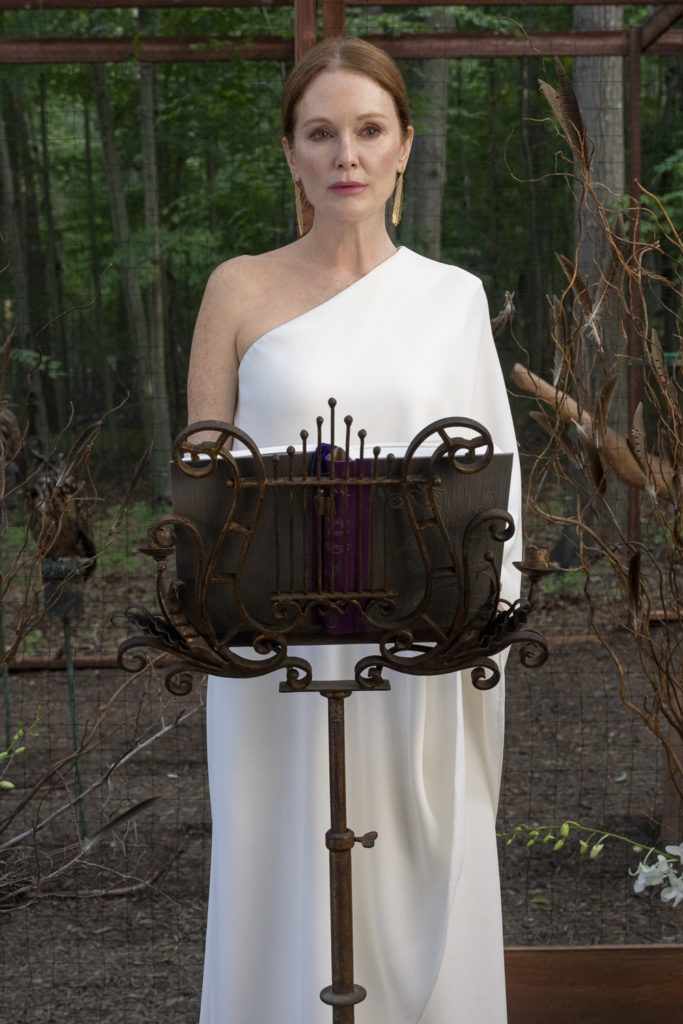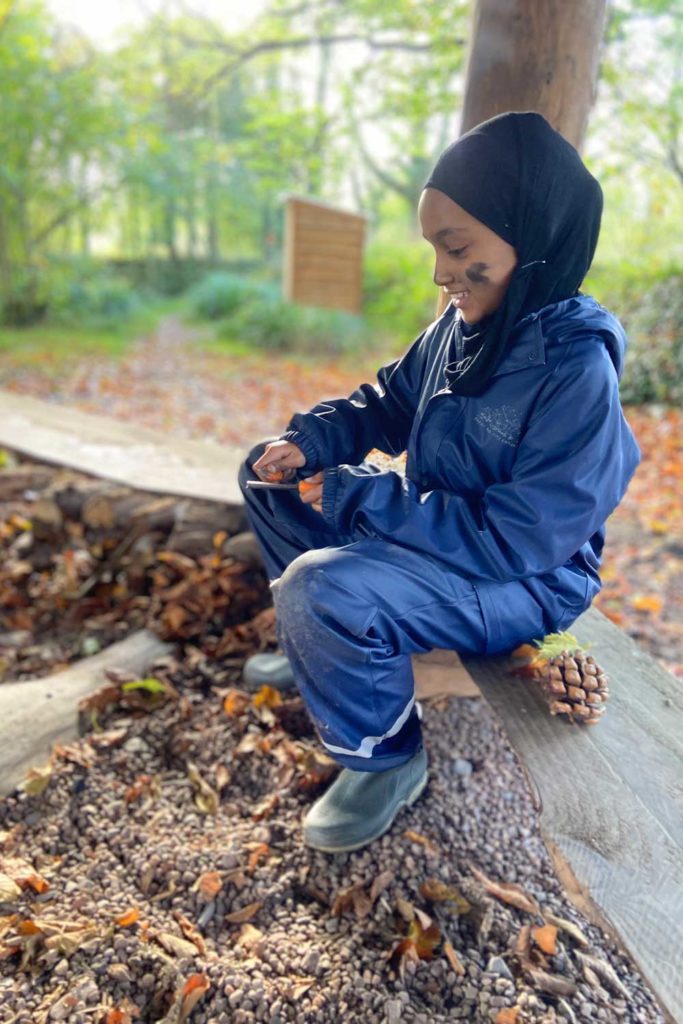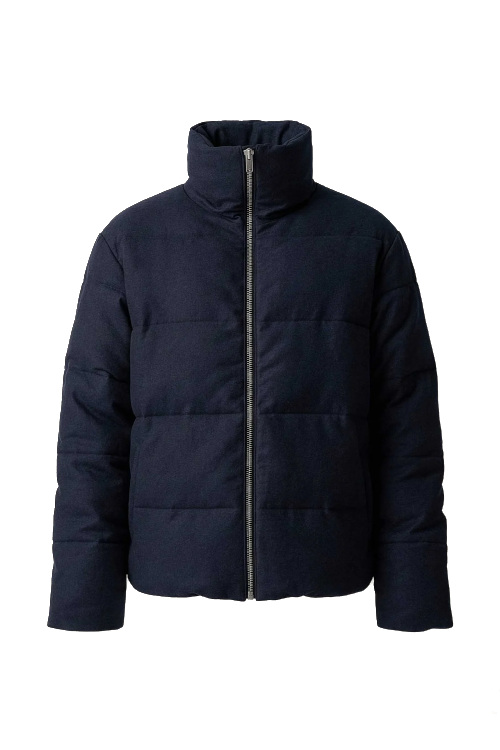A Guide to Ecological Growing with Poppy Okotcha
By
4 years ago
The model-turned-horticulturalist on gardening for the planet
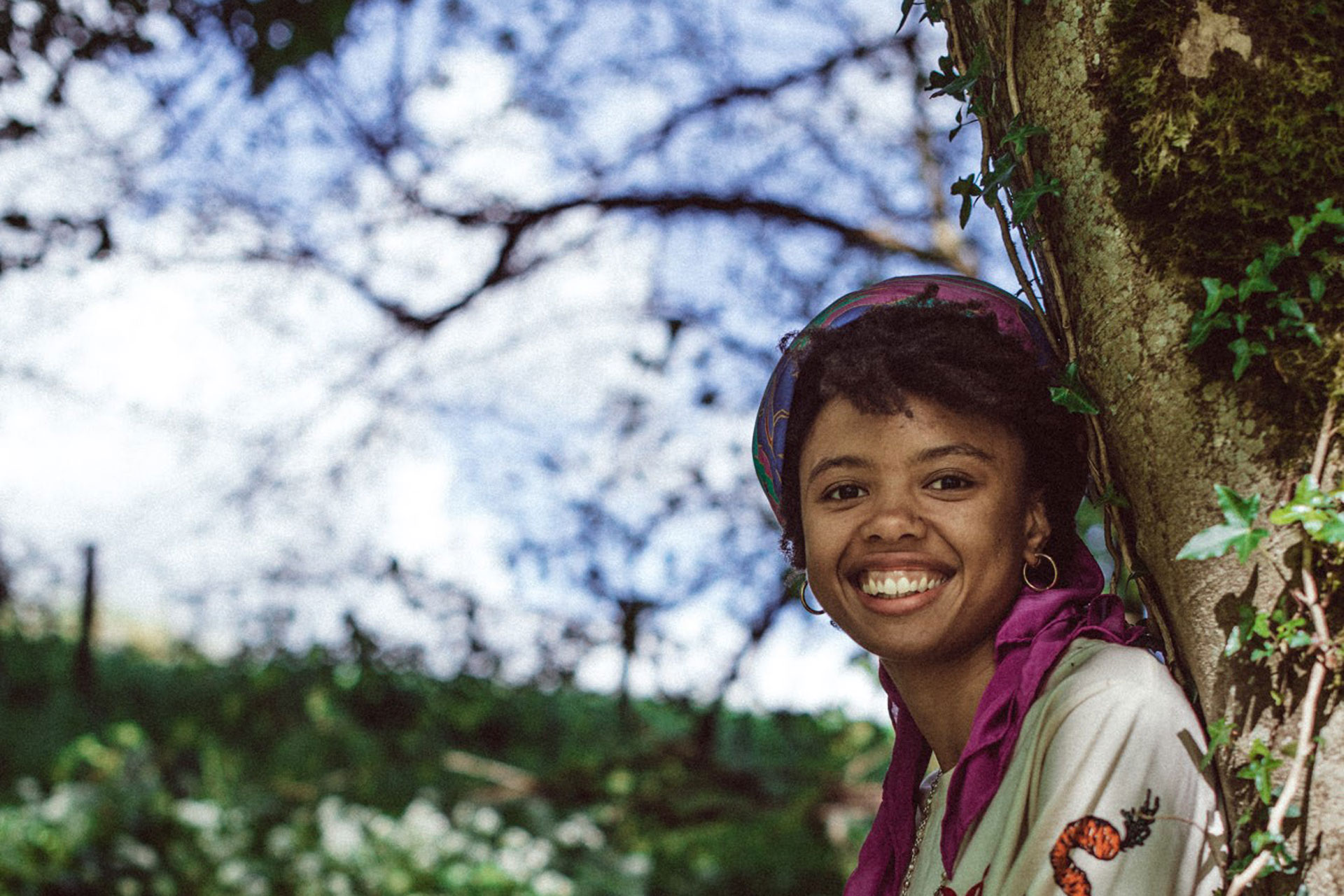
Former model Poppy Okotcha turned to gardening after experiencing burnout in the fashion world. ‘I was exploring how to look after my body better, and a lot of that was to do with food and understanding that nutrient-dense food comes from healthy soils,’ she tells C&TH. In tandem with that, Poppy was becoming more interested in climate change, and soon began to notice parallels between personal and environmental health. She documented her findings on Instagram, focusing in particular on ecological growing, and quickly made a name for herself in the world of horticulture. Here Poppy tells us about her gardening ethos, tips for beginners and the challenges of growing your own food on a houseboat.
A Guide to Ecological Growing with Poppy Okotcha
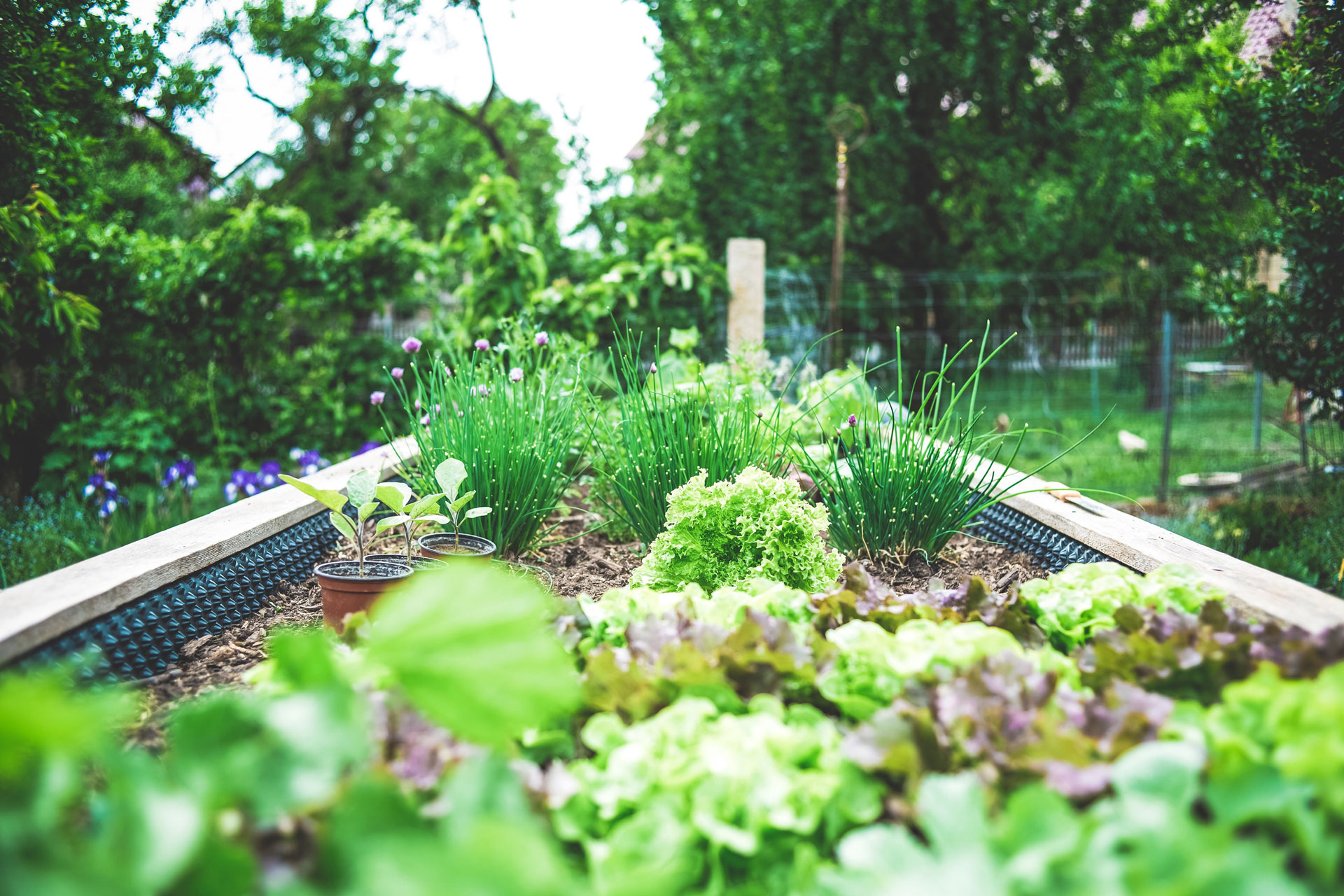
Unsplash
How would you describe your gardening ethos?
I call what I do ecological growing, and that encompasses so many things. I grow organically, so don’t use any chemicals. I also focus on soil health, which means I don’t dig the soil. When we dig the soil carbon is released, but also it breaks up the life that lives in the soil and leads to less healthy plants in the long run. The other thing is seed saving. It’s a lot cheaper and safeguards diversity in plants which is really important, especially in the face of climate change. I also consider water harvests – being able to capture water rather than having to use water from the mains. The last thing is focusing on community, so making sure the work you’re doing in your garden will in some way benefit the wider community – or at least not degrade it. That can look like not spraying in the garden because it can create a problem for your neighbour if they’re growing organic, or swapping and sharing seeds or plant cuttings.
Why is it so important to grow our own fruit and vegetables?
Focusing on local production is going to become more and more important. It reduces air miles and reduces packaging, and means we can eat more seasonally, with a better understanding of where the food came from. It gives us a bit more power over understanding whether our food has been sourced ethically or not. It’s also a way to reconnect with the natural world. When we talk about changing the way our cultural narrative runs in relation to the land, we can’t really change that language unless we have a genuine connection to it. Growing food is an amazing way of understanding that if we look after the land, the land will feed us. When we understand that, making changes in the face of climate change becomes so much more organic, less challenging and less of a sacrifice.
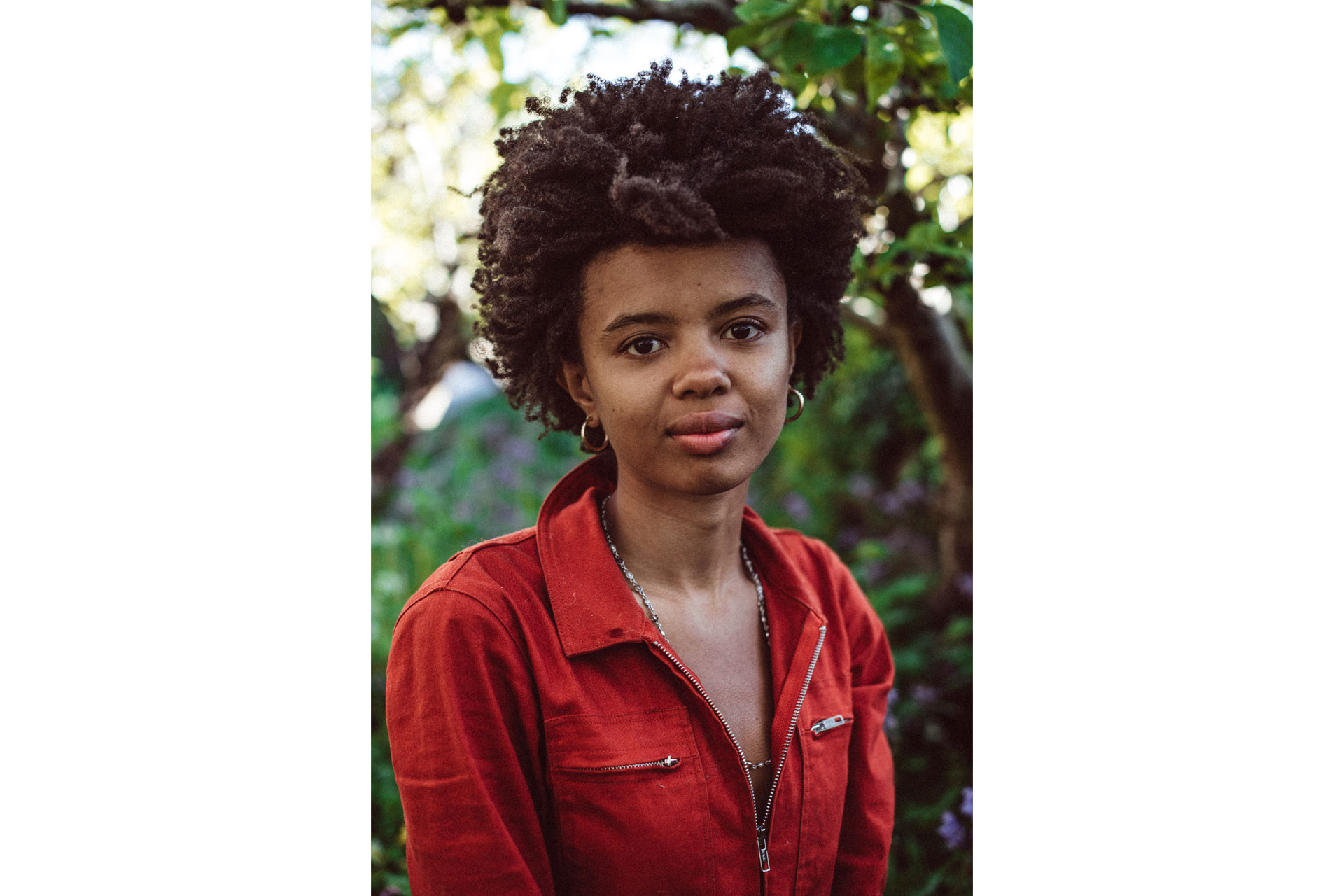
Gaby Sweet
What are you growing at the moment?
This year has been a bit of a lettuce year, because it was really cold in the spring so I lost a few tomato plants – which are normally my favourite. And because it’s been so wet the slugs and snails have been out in full force, so the lettuces I’ve planted densely are the things that are thriving. I’ve also been experiencing mildew and blight in the garden because of the wetness, so the tomatoes and courgettes aren’t super happy.
Do you have any tips for gardening beginners?
Start small and don’t overwhelm yourself. Start with seeds because it’s so much cheaper, so if you have any plants that don’t quite make it you’re not losing out on loads of money. It’s also a really amazing experience watching a plant go from seed to an edible crop. Find a nice seed supplier that produces organic seeds, as local to you as possible, and choose crops that don’t need to fruit – things like kale, chard, lettuce and Asian greens.
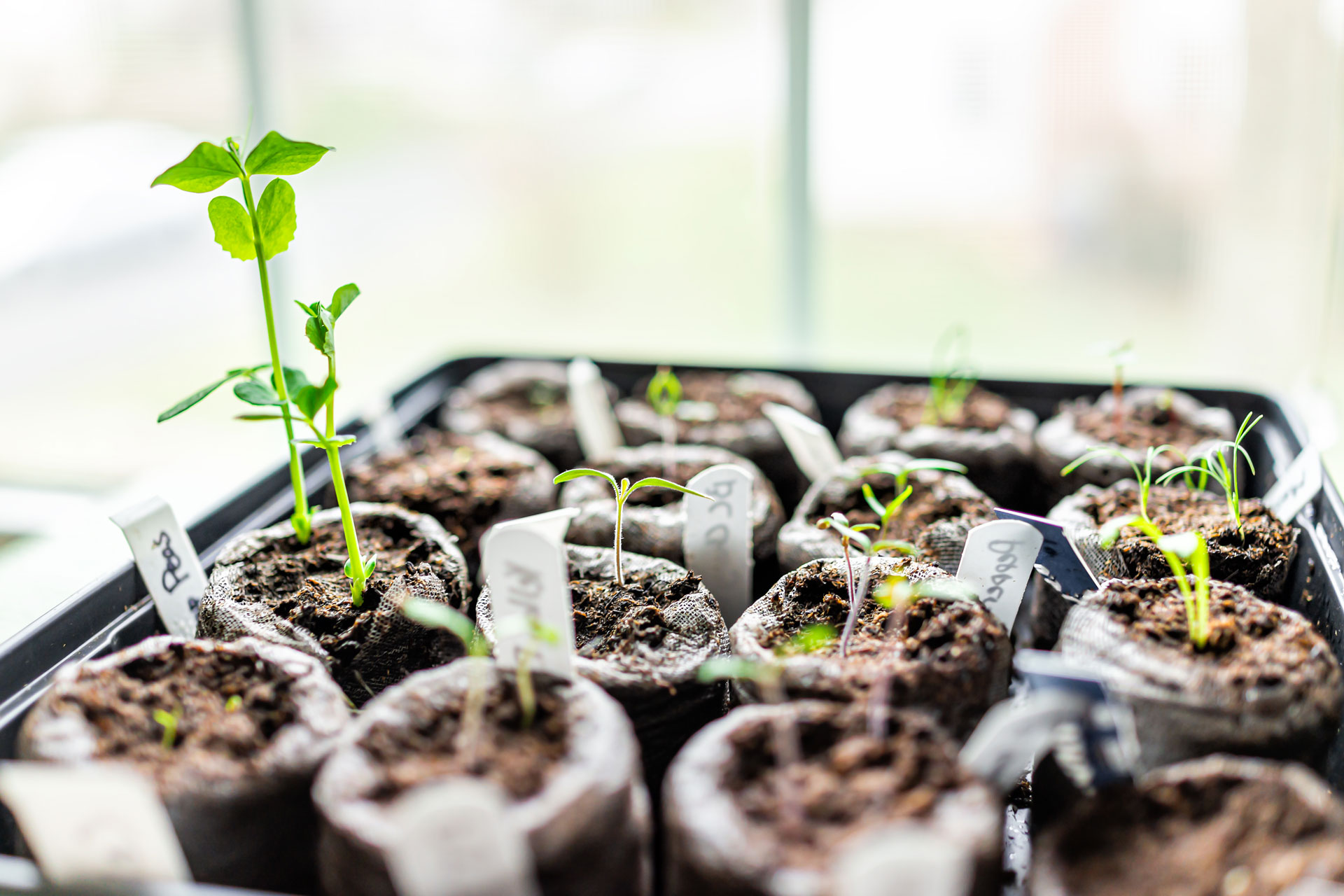
Getty Images
What advice do you have on growing in small spaces?
If you’ve really got no space at all, try growing sprouts on a windowsill. Also, a big part of gardening that gets overlooked is the compost side of it. A really amazing way to compost in small spaces is with a worm bin – you can even keep them under your sink. It’s a way to turn kitchen scraps and waste into a resource which you can donate to friends or a community garden, or use for your pot plants. If you’re growing in containers, go as big as you can with the container, with as much depth as possible, because then the container won’t need watering as much so the plants can really put their roots down.
You spent some time living on a boat – what challenges did you find?
I didn’t have a garden, so I was growing in containers. The biggest challenge was keeping the plants hydrated, and part of what I did to help with that was always making sure the soil was covered with a mulch; sometimes I even used cardboard or newspaper. That reduces the water loss through evaporation. I’d also get a plastic bottle or carton, take the lid off, bury it in the ground upside down, chop the top off and then pour water into the bottle so it would drip feed down into the soil.
Any sustainable swaps you’ve discovered recently?
Biochar in the garden is a cool one to add to the growing space. I’m renovating the house at the moment and we’ve been using earthborn paint, which is low-impact. I also buy most of my stuff on Facebook Marketplace – it’s cheap and local and you can find the most amazing gems. Buying in bulk is another good one – I’ve got a friend who buys in bulk and separates it out amongst a group of friends so it uses less packaging.
Why did you decide to partner with WWF?
More than ever it’s really important that we understand how biodiversity and natural spaces are going to be affected by climate change, and the work WWF do within that field is really important.
READ MORE:
A Guide To Sustainable Gardening / How Do Plants Benefit Our Health?


